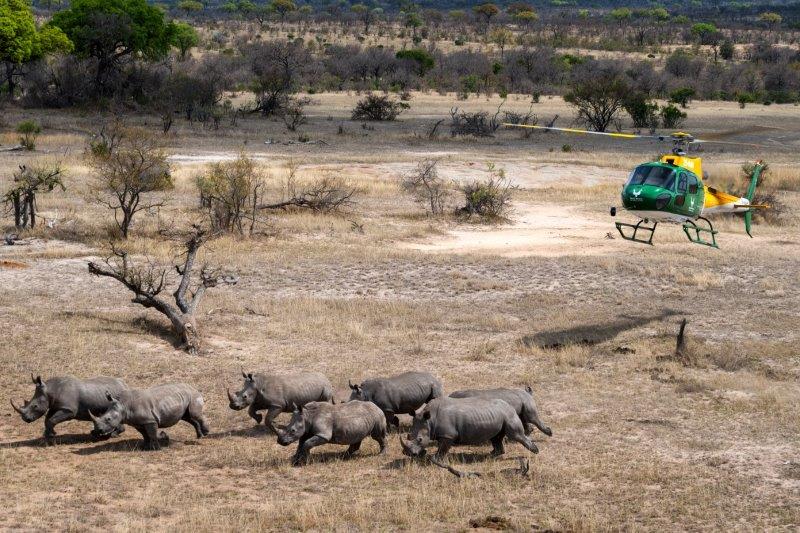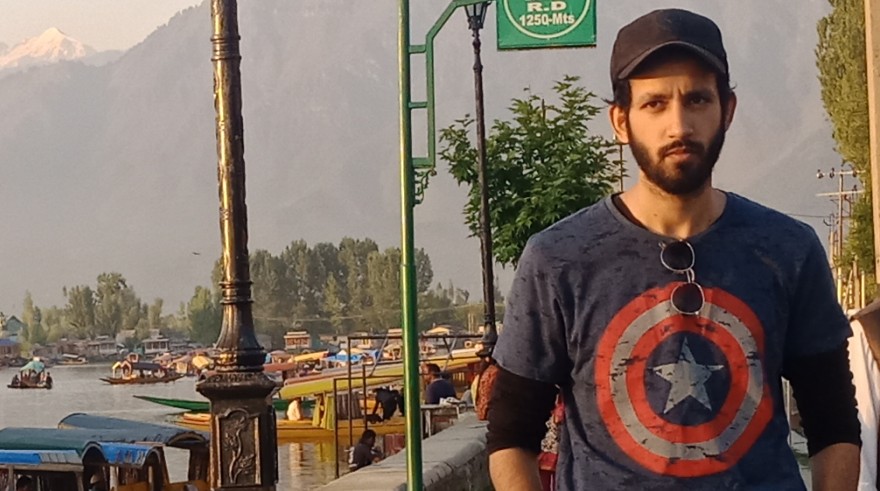Can the water-rich mineral Ringwoodite provide humans with water in the future and become the “gold of the 21st century”? asks Fatima Khan
First published by The Witness
ON June 30, 2018, Jeremiah Castelo, writing for the World Water Reserve website, quoted a Global Water Security report (2012) which concluded that by 2040,the global demand for fresh water will exceed availability.
The report was co-ordinated by the intelligence community on behalf of the U.S.Department of State and the year 2040 was selected as the end point for the research in order to predict any long-term repercussions for the U.S.from climate change,the increasing population and economic development.
The research was based on a few assumptions. One of them was that there would be no extensive developments in water management technologies for 30 years from the time of publication, and that any improvements in these technologies would proceed at the rate present at that time.
Rising tensions
A key judgment in the report concluded that because of water problems, including water shortages, poor water quality and floods, there would be rising tensions and instability in certain areas of the world.
The regions were north Africa, South Asia and the Middle East, and the rising tensions would be due to these areas being hampered in their food production and energy generation abilities.
The World Water Reserves website is concise in its explanation of why we need to be so concerned about the scarcity of water supplies, saying: “If the entire volume of freshwater were to be distributed evenly throughout the Earth, each person would receive 1,320,860 gallons of water each year.”
Reducing conflicts
The Pacific Institute is an organisation dedicated to creating and advancing solutions to the world’s most pressing water challenges. It envisions a world in which society, economies and the environment, have the water they need to thrive now and in the future. A session co-ordinated by the Pacific Institute, IHE Delft Institute for Water Education and the World Resources Institute, at World Water Week in Stockholm, was titled “Strategies for Reducing Conflicts over Water Resources”.
The aim of the session was to “present the latest information on water conflicts and strategies for reducing those conflicts”.
There was also an update on water-related conflicts which included The Water Conflict Chronology, available on worldwater.org. Entries in the Water Conflict Chronology in 2018 include one in Kenya, one in Basra,Iraq, one in Ethiopia, one in Nigeria and one in India. It makes for harrowing reading.
‘Super Deep’
Also, in 2018, Sarah Gibbens for National Geographic, in an article titled “Never before seen Mineral Found Inside a ‘Super Deep’ Diamond”, said that in 2014, Graham Pearson, a professor at the University of Alberta in the U.S., working with other researchers in Brazil, discovered a “water-rich” mineral called Ringwoodite.
Ringwoodite was contained within a diamond discovered in Juína, Mato Grosso. At the time of discovery, Pearson stated: “It’s actually the confirmation that there is a very, very large amount of water that’s trapped in a really distinct layer in the deep Earth.”
Mining for Ringwoodite is a YouTube video created by the video and documentary organisation, Inhabitants, and supported by the Berardo Museum Collection in Lisbon. In an updated 2019 version of the video, it says that water is deemed the gold of the 21st century.
Fascinating
Ringwoodite is fascinating as 1,5% of it consists of water. According to mindat.org it occurs in a range of colour hues from bluish to smoke grey, purple, and also colourless. It can also be synthesised in a laboratory. But how can we access the water in naturally occurring Ringwoodite?

Crystal composition blue ringwoodite. Photo micrograph taken at University of Hawaii, of a crystal grown in Bayreuth, Germany by Jasperox. -Wikimedia
In a letter to Nature International Journal of Science in 1969, R.A.Binns and his co-authors described their discovery of the purple mineral in the Tenham meteorite. The name Ringwoodite was given to the mineral to honour Professor A.E. Ringwood from the Australian National University.
Ostensibly, due to the encroaching scarcity of resources, we are “drawing new frontiers down below the Earth’s mantle and in outerspace!”.
BANNER IMAGE: Image of a diamond from Juina, Brazil, with ringwoodite inclusions which provide evidence for the presence of water in the earth’s transition zone. Photo: Graham Pearson, University of Alberta, compliments Wikimedia

Journalists are trained to answer six key questions: Who, What, Where, When Why, and How. >> Click here to read about the 5 W’s and H of Roving Reporters.
Difficult choices must be made about how we utilise natural resources. But these choices need to be well informed if we are to do the least harm. This requires citizens have a clear picture of what is happening on the ground. There are too many vested interests at play to leave things entirely to officials, elected or otherwise. Keeping people in office on their toes and holding powerful interests, including NGOs, to account is an important role of the press. Unfortunately, the media’s ability to do its job has been hollowed away by the decline of traditional advertising support and readerships in the face of online technology. Some papers have closed down, others are a pale shadow of their former selves; everywhere staff are stretched or juniorised. Press standards have declined and false news abounds. Reporting is increasingly superficial, both in print and online media publications. Yet a strong appetite remains for credible news and insights, especially on environmental matters. This underlines the need for Roving Reporters to grow its operations and develop a blueprint for environmental journalism training in Southern Africa. You can support our training progamme, Developing Enviromental Watchdogs by making a donation, no matter how small. Click here for further information.













